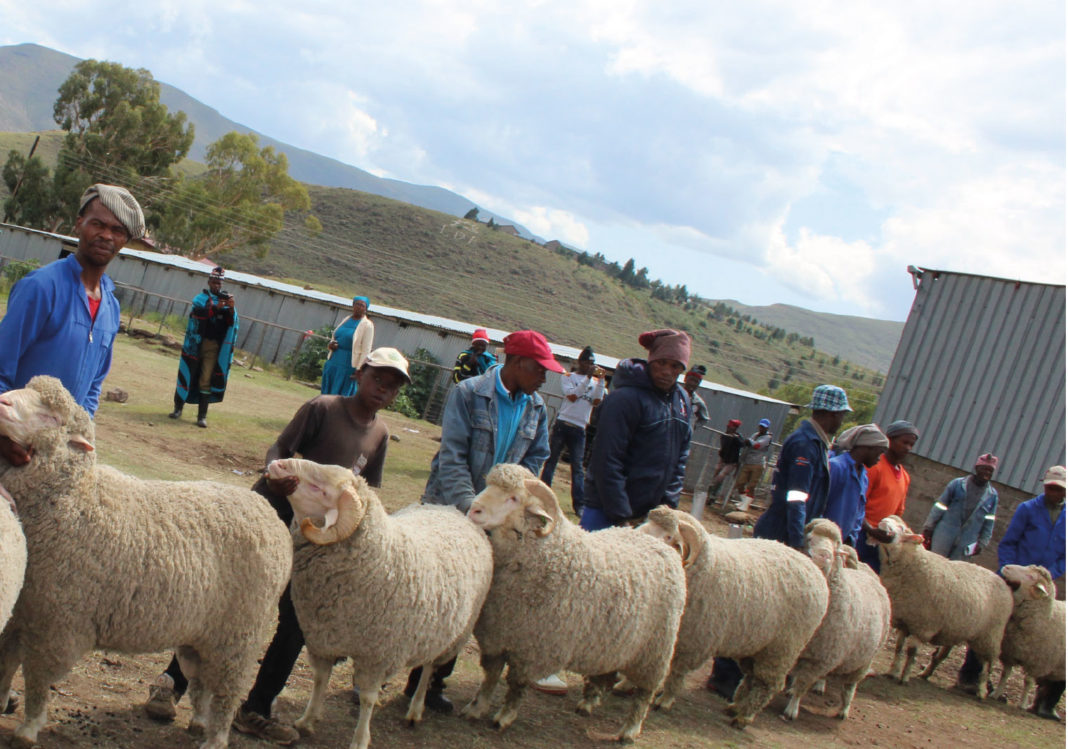Prior to the outbreak of the Covid‑19 pandemic, about 433 000 people in rural areas were estimated to be living in acute food insecurity, and the figure is projected to increase significantly in 2020.
According to the Food and Agricultural Organisation (FAO) the figure was nearly 60 percent higher than the number of food insecure in the same period in 2018/19, reflecting the impact of the 2019 reduced cereal harvest and higher food prices.
“Notwithstanding the positive effects of the recovery in cereal production in 2020 on rural households’ food availability and access, the Covid‑19 pandemic is anticipated to trigger an increase in the prevalence of food insecurity from the third quarter of 2020 to early 2021.
FAO further stated that the effects of the pandemic on rural household’s livelihoods, who are heavily dependent on causal labour, remittances and petty trade, are foreseen to be primarily channelled through a reduction in economic activities and associated income losses.
“As a measure to provide relief to households, the government launched an economic mitigation package, which includes LSL 1.2 billion (about USD 58 million) for emergency assistance and the expansion of social protection programs, such as the Child Grant Programme.”








